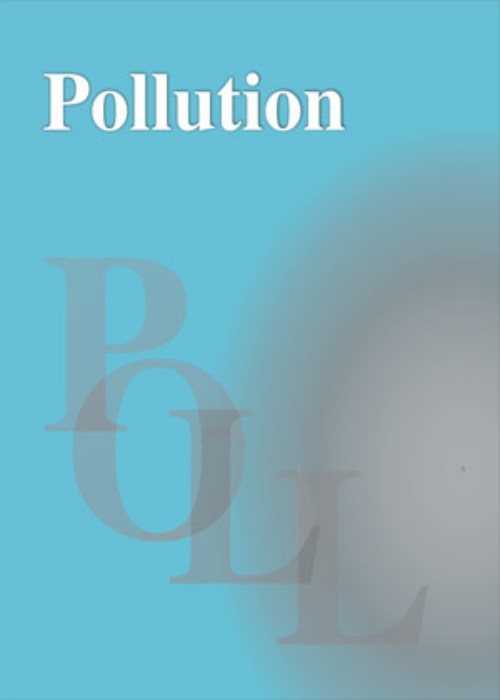Model for the Treatment of Refinery Wastewater and expression of catabolic genes in Fluidized Bed Bioreactor using mixed bacterial consortium
Author(s):
Article Type:
Research/Original Article (دارای رتبه معتبر)
Abstract:
This study was undertaken to evaluate a novel aerobic wastewater treatment model for the remediation of refinery effluents and to assess the removal efficiency of Bulkholderia cepacia strain AJI and Corynebacterium kutscheri strain AJ2 to clean oil waste from petrochemical company. Wastewater quality parameters including pH, BOD5, COD, TDS, OIL & GREASE, PHENOL concentration, TPH and THC were monitored at 5, 10 and 15 days of treatment and the removal efficiencies were calculated. Results indicated that the raw oily wastewater effluents used during this study had extremely high levels of all the tested parameters. The mean values of all physicochemical parameters of the wastewater from primary tank at different treatment period were statistically different (P˂0.001) After 15 days of biological treatment, BOD5 ,COD, TDS, Phenol, TPH, Oil & grease level of the refinery wastewater were reduced by 95.60 %, 98.40 % , 66.34 % , 100 %, 97.60 % and 96.20 % respectively. The detection of the catabolic genes in the bacterial isolates recovered from primary tank using polymerase chain reaction revealed that both Bulkholderia cepacia strain AJ1 and Corynebacterium kutsheri strain AJ2 carried alk B and C23O but C12O was not detected in both isolates. Naphthalene dioxygenase was detected in Bulkholderia cepacia strain AJ1 but not found in Corynebacterium kutscheri strain AJ2. After treatment the waste water was filtered in the secondary tank. The results of physicochemical parameters in the outlet vessel essentially confirmed that the mixed culture in the two column model successfully carry out bioremediation of refinery wastewater. Therefore, aerobic treatment model for the bioremediation of refinery Petroleum refineries generate great amounts of wastewaters that may become seriously dangerous, leading to the accumulation of toxic products in the receiving water bodies with potentially serious long term effects to aquatic biota. Due to extreme toxicity of contaminants in refinery wastewater, there is a need to develop an economical technique to remove the pollutants from the wastewater is highly recommended owing its environmental friendliness.
Keywords:
Language:
English
Published:
Pollution, Volume:5 Issue: 1, Winter 2019
Pages:
179 to 187
magiran.com/p1928979
دانلود و مطالعه متن این مقاله با یکی از روشهای زیر امکان پذیر است:
اشتراک شخصی
با عضویت و پرداخت آنلاین حق اشتراک یکساله به مبلغ 1,390,000ريال میتوانید 70 عنوان مطلب دانلود کنید!
اشتراک سازمانی
به کتابخانه دانشگاه یا محل کار خود پیشنهاد کنید تا اشتراک سازمانی این پایگاه را برای دسترسی نامحدود همه کاربران به متن مطالب تهیه نمایند!
توجه!
- حق عضویت دریافتی صرف حمایت از نشریات عضو و نگهداری، تکمیل و توسعه مگیران میشود.
- پرداخت حق اشتراک و دانلود مقالات اجازه بازنشر آن در سایر رسانههای چاپی و دیجیتال را به کاربر نمیدهد.
In order to view content subscription is required
Personal subscription
Subscribe magiran.com for 70 € euros via PayPal and download 70 articles during a year.
Organization subscription
Please contact us to subscribe your university or library for unlimited access!


